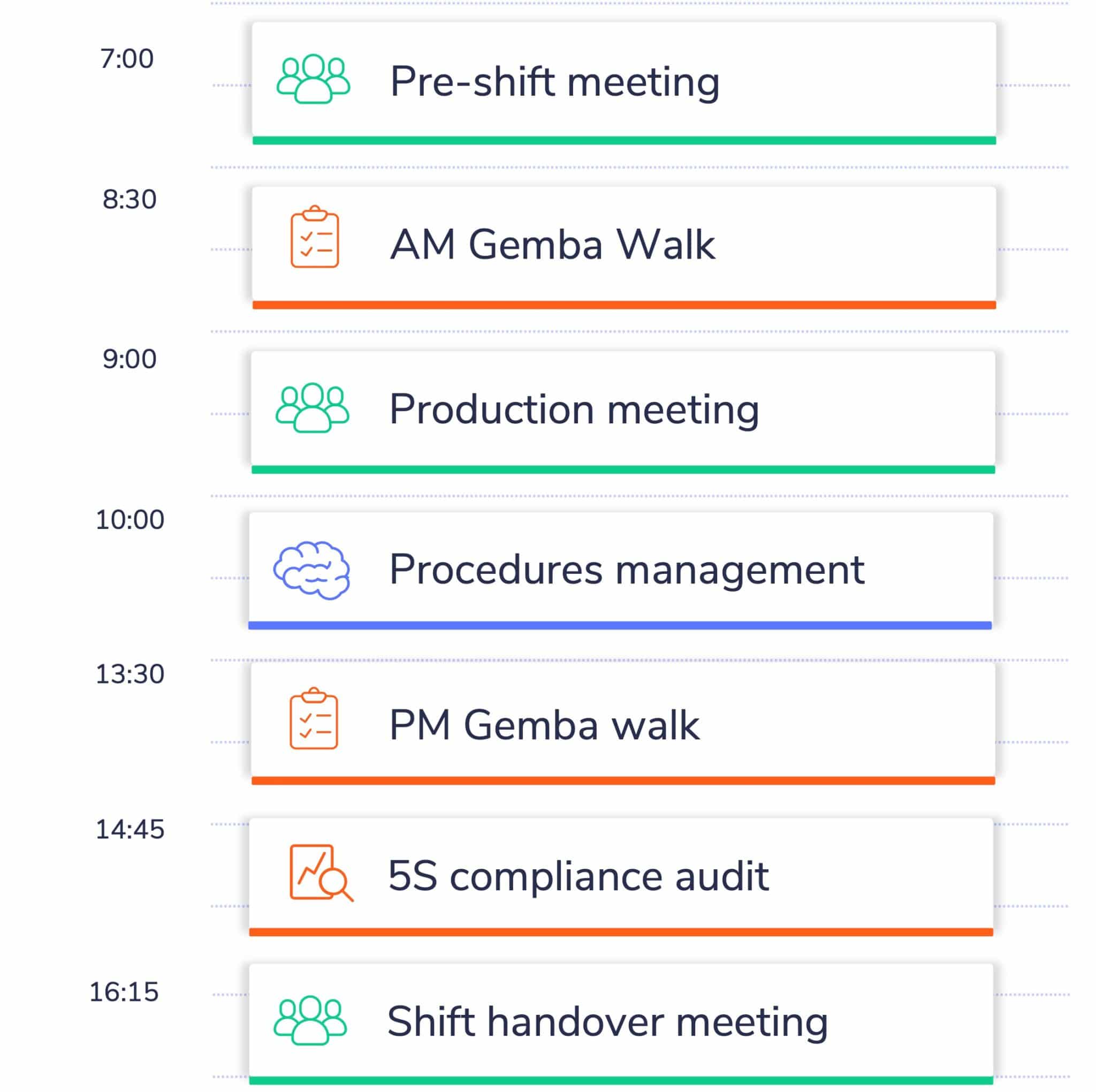To allow continuous development of a manager’s skills, an organization must set up a training and management skills enhancement structure.
This structure can include several elements such as individual coaching plans, recurring 1-to-1 meetings, objectives and management behaviors analysis, as well as what corrective measures should be taken in case of divergent results (training and/or support needs). Ideally, an organization’s visibility of management behaviors is a must to support its managers adequately.
Performance evaluation is a common practice usually executed between administration and managers and between managers and employees. For this purpose, Folks HR offers its performance management software. It is a complete tool that saves you time when planning employee evaluations and lets you personalize the performance evaluation grids.
Ultimately, the better a manager can identify their opportunities for improvement, training, and learning, the faster they will gain valuable management skills to excel in their role.













